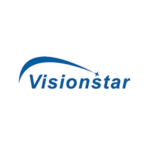AT-30R tonometer is an applanation tonometry machine for intraocular pressure measurement. It has wide measurement range 0 – 10.64 KPa (0-80mmHg). This tonometer can be mounted on top illumination type slit lamps.

AT-30R tonometer is an applanation tonometry machine for intraocular pressure measurement. It has wide measurement range 0 – 10.64 KPa (0-80mmHg). This tonometer can be mounted on top illumination type slit lamps.


Joseph VT –
Excellent product ⭐️⭐️⭐️⭐️⭐️
AT-30R tonometer is an applanation tonometry machine for intraocular pressure measurement. It has wide measurement range 0 – 10.64 KPa (0-80mmHg). This tonometer can be mounted on top illumination type slit lamps.